“It’s like instant coffee. For a quick cup of coffee, you just mix it with water, and there you have it – you don’t need a plantation to grow the coffee beans yourself.” — Dr Alejandro Ortega-Beltrán, Aflasafe R&D
Aflasafe manufacturers anywhere in Africa can now receive enough concentrated aflatoxin-busting active ingredients to protect an entire country in a package no bigger than a handbag!
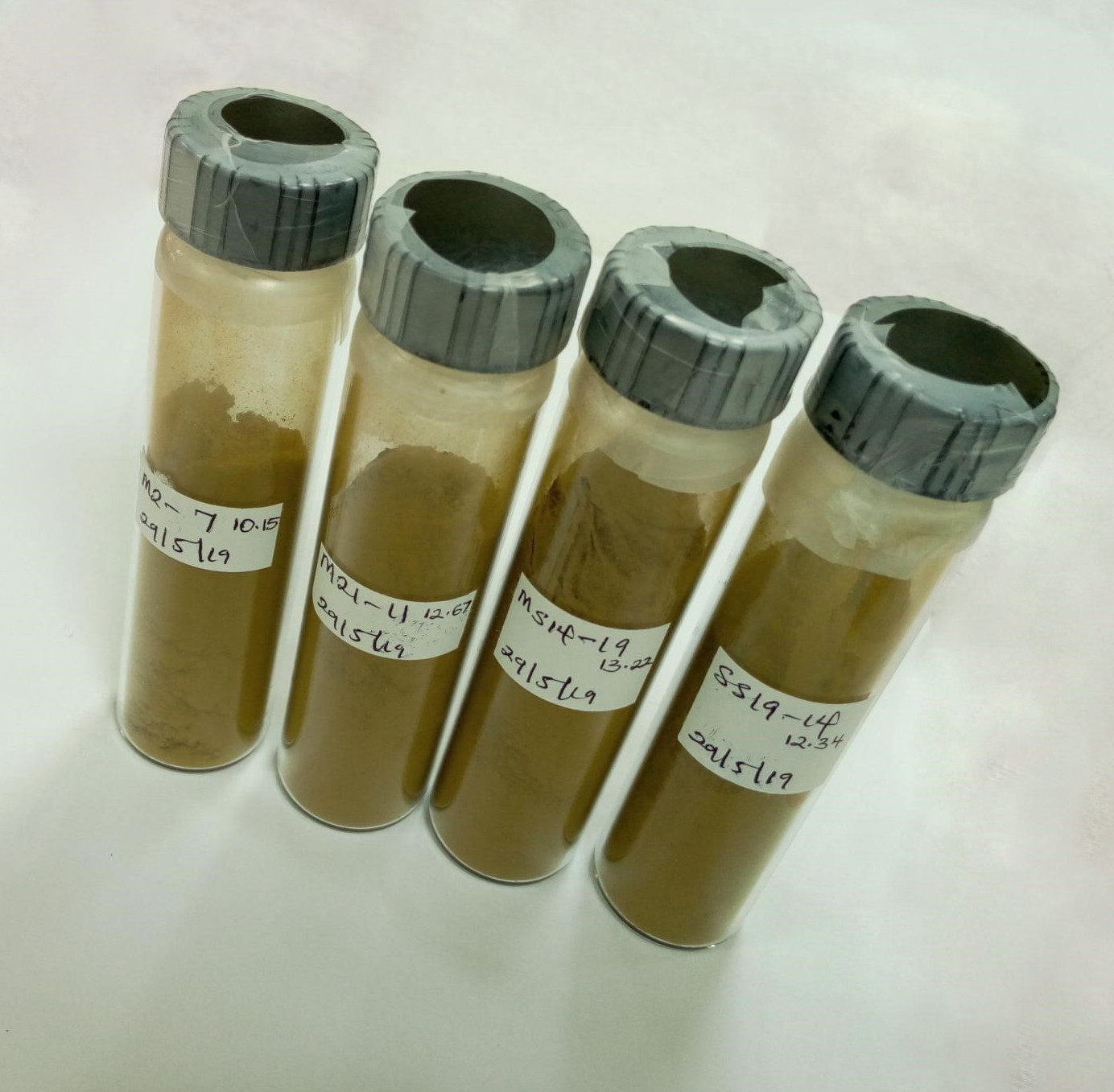
Aflasafe works by sending thieves to catch a thief: the product’s active ingredients are friendly good-guy fungi that keep the dangerous toxin-makers out of our crops and food. That makes Aflasafe a little tricky to manufacture, since these living fungi must be kept alive and multiplied, and must meet the highest purity and quality standards. With this in mind, our R&D team have come up with a brilliant and ground-breaking innovation that makes life an awful lot easier for our manufacturing partners, while ensuring we continue to supply top-notch aflatoxin fighters across the continent. Read on to find out how a little can go a very, very long way…
You’ve probably bought a kilo of maize or groundnuts at some time or other – perhaps even today. A little heavy to carry home, but definitely not too much to manage. Depending on the size of your family, it might be enough for a few meals. But if instead you had a 1-kilo bag of our brand-new dry inoculum, you could use it to make an amazing 50 tonnes of perfect-quality Aflasafe. That’s enough to treat 5,000 hectares, and – depending on yields – keep about 7,500–15,000 tonnes of maize or 5,000 tonnes of groundnuts safe from aflatoxin!
“The dry inoculum will be much more convenient for us”
“The dry inoculum will be much more convenient for us in terms of storage and handling, as well as the fact that we will not now need to invest in our own inoculum lab,” says Julius Nyabicha, Marketing Manager for agricultural products at A to Z Textile Mills Ltd, our manufacturing and distribution partner in Tanzania.

Dr Alejandro Ortega-Beltrán, Plant Pathologist and Aflasafe’s technical leader for West Africa at IITA, led the development of the dry inoculum. “We were responding to the requests coming from our different partners, and the needs we could see that they had,” he explains. Astonishingly, the R&D team went from starting their investigations to sending out the first batches of dry inoculum in just three months – a lightning-fast turnaround in the scientific world, and an incredible achievement!
The inoculum is the active ingredient that gives Aflasafe its toxin-busting power. While we have perfected inoculum production in our laboratory at IITA headquarters in Ibadan, Nigeria, it requires dedicated facilities and expertise. An ultra-clean, sterile environment is needed, since contamination must be avoided at all costs – an expensive challenge indeed. “We knew producing the inoculum could be difficult for our partners, especially at first,” says Alejandro, “but they have to be able to make Aflasafe in their own factories.” This makes providing the dry inoculum one of the most useful forms of support we can give to our manufacturing partners.
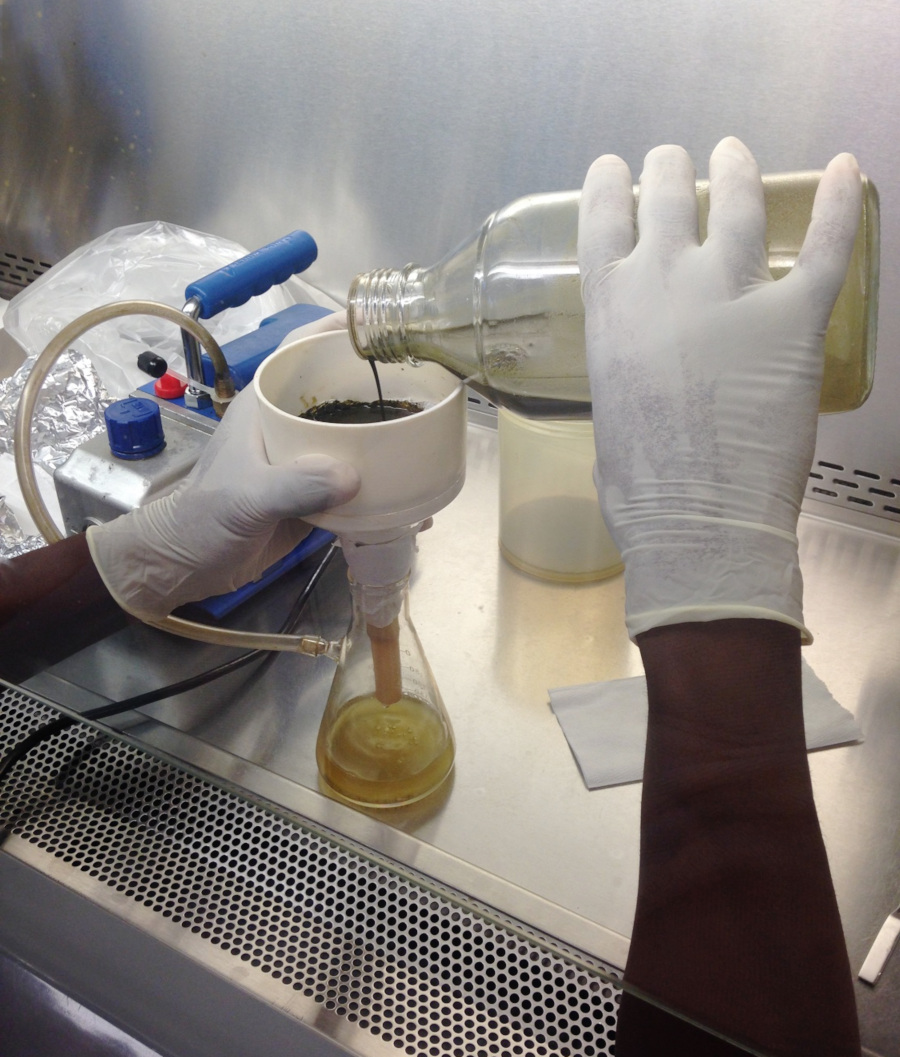
“The dry inoculum looks just like baby powder, but green!”
So how exactly does this magical-seeming dry inoculum work? To really appreciate this fantastic new development, it helps to know how Aflasafe has been produced until now. The scientists developing Aflasafe isolate pure cultures of non-toxin-producing, aflatoxin-fighting fungi, local to each country and combined in a unique mix. To produce Aflasafe, these friendly fungi are grown in bottles containing moistened sterile sorghum as their food source. After a few days, these spores are harvested and diluted to make liquid inoculum in appropriate concentrations. Moving from the lab to the production plant, they are then coated onto dry roasted sterile sorghum, along with maize starch to stick them to the grain and a distinctive blue dye. This is the product that is packed, dispatched and sold to farmers.
The magic behind the dry inoculum is straightforward, adding just a couple of extra steps to the standard process. “We’ve worked out a way to dry out large quantities of spores, by vacuuming the liquid inoculum through a special membrane and finishing it off in a gentle drying oven. It’s as simple as that,” says Alejandro. “The dry inoculum ends up looking just like baby powder, but green!”
This innovative, highly portable ‘just add water’ product can easily be turned back into a useful suspension, ready for Aflasafe manufacture, simply by diluting it to the right concentration. But why bother with all this extra work, drying out our friendly fungi only to rehydrate them later?
Simple. Dry inoculum is the perfect way to get pure aflatoxin-fighting power to our partners, pronto. Liquid inoculum in bottles is heavy, fragile and bulky, and fresh supplies are constantly required. On the other hand, dry inoculum is easy to transport. Only a tiny amount is needed, so we can easily send enough for a whole season’s Aflasafe production to factories anywhere in Africa using an ordinary courier service, after obtaining appropriate phytosanitary certificates.
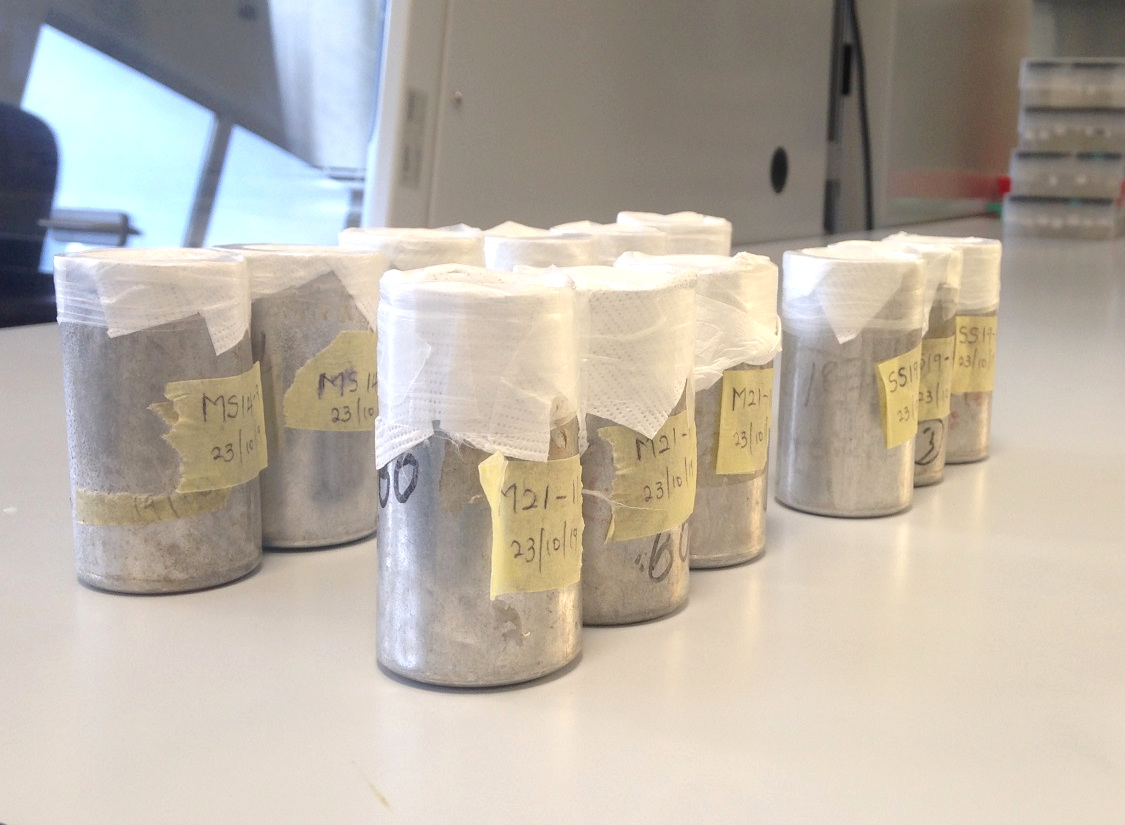
This means our manufacturing partners no longer need to invest in space and equipment for their own inoculum production laboratory, unless they choose to. They will need a laboratory for quality control, and manufacturing facilities for Aflasafe, but one less laboratory to build and run means major cost savings. The dry inoculum is guaranteed pure, correct aflatoxin-fighting active ingredient, checked for quality back at our central production facility, so the risk of contamination is very low. It can be used immediately, or kept in a refrigerator until needed for at least three months, as already shown by our research. We will keep monitoring the dry inoculum to determine its shelf life, but it seems likely to be stable over extended periods of a year or more.
The new dry inoculum was delivered to a partner for the first time in June 2019, just three months after the R&D team began its work – a huge milestone on our dry-inoculum journey – when a batch was sent to BAMTAARE Services, the licensed manufacturer and distributor of Aflasafe SN01 for Senegal and The Gambia. Since the start of our partnership in 2017, BAMTAARE have proved proactive and eager to move forward, making rapid progress on constructing an Aflasafe factory at Kaolack, Senegal. At the same time, they have faced serious challenges, for example with lots of dust entering their facilities, which could cause contamination. So, while our R&D team have long hoped to produce some form of dry inoculum as a long-term goal (an idea originating with Dr Ranajit Bandyopadhyay and Eng Lawrence Kaptoge), the urgency to work with BAMTAARE and help them overcome their manufacturing difficulties has driven our breakneck advances, in our bid to serve our partners even better.
BAMTAARE used this special delivery of dry inoculum over subsequent weeks to produce Aflasafe for the 2019 cropping season. In their first round of production, a total of 186 tonnes of Aflasafe SN01 were made using a mere 3.7 kg of dry inoculum. Farmers in Senegal and The Gambia are already benefitting: this year, Aflasafe SN01 was cheaper to purchase since it could be produced locally at a lower cost, rather than being imported from IITA in Nigeria. This batch of Aflasafe SN01 was also used in Mali, where it is being tested in the field for the first time.
“We definitely see the new inoculum as less laborious, with no disadvantages”
This might have been the first time and place where an Aflasafe product was manufactured using dry inoculum, but it definitely won’t be the last. Two more Aflasafe factories are under construction, and are very close to readiness, owned, constructed and run by our partners – Harvestfield Industries Ltd in Nigeria and A to Z in Tanzania. Both companies have opted to use dry inoculum supplied by IITA rather than spend more and risk contamination producing their own inoculum: they are very keen to try out this ‘just add water’ wonder for themselves.
“We are excited to be among the first manufacturers to use this technology, and when the idea was floated to us, we accepted without any hesitation,” says Julius. “We definitely see the new inoculum as less laborious, with no disadvantages from what we understand so far.”
“We developed the dry inoculum very quickly in the laboratory, with equipment we already had”
At both Ibadan and Kaolack, we’ve tested the dry inoculum and the Aflasafe made from it, and it looks perfect – the drying and rehydration process had no impact on Aflasafe’s stellar performance in quality control tests. However, the R&D team are seeking further funding and plan to carry out a lot more in-depth research. “We developed the dry inoculum very quickly in the laboratory, with equipment we already had,” explains Alejandro. “What we need to do now is optimise production on a large scale, with an industrial process that is tested and validated to ensure that we maximise quality and reduce costs. There may well be methods or equipment that would make dry inoculum production faster or more efficient. It’s also possible that our current process is damaging the spores in some way, and reducing the viability of the inoculum by a tiny percentage. We want to look into that very carefully.”
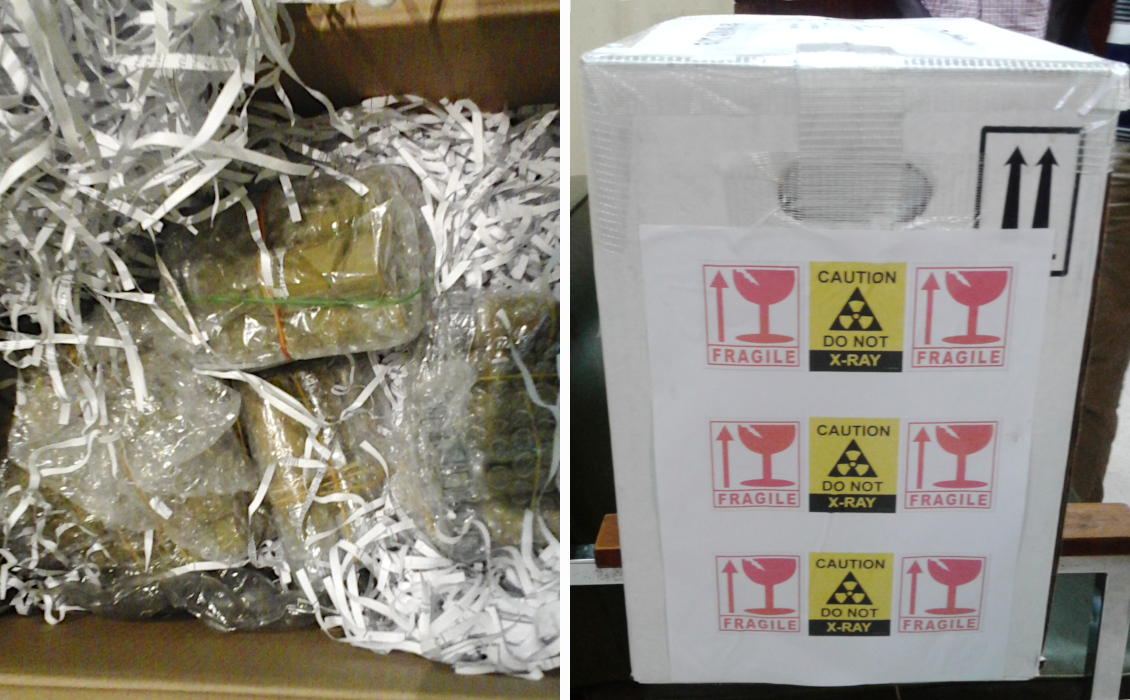
We predict that most if not all of our partners are likely to choose to use the dry inoculum as an easier and more cost-effective solution, but we remain more than happy to provide help and training to any that choose to produce regular liquid inoculum for themselves. Meanwhile, IITA’s Aflasafe R&D team is gearing up for country-customised dry-inoculum production on a growing scale. This is just part of our ongoing technical support to manufacturing and distribution partners, as we work together to ensure top-notch Aflasafe production and quality control.
“We are very happy, and we are excited,” says Alejandro. “We’ve demonstrated that we can make dry inoculum, and that it works. It’s fantastic to be able to offer this to our current and future partners, to help them make Aflasafe manufacture easier and cheaper, as well as more efficient, flexible and agile.”
We might be in danger of serving up an alphabet soup, but this nascent breakthrough shows that when R&D serves M&D – manufacturing and distribution – big things are possible, even when they come in small packages. We look forward to facilitating further exciting strides, so keep following our news for more!
LINKS
- We hear straight from BAMTAARE on their experience as the first users of the dry inoculum: A second first for Senegal – firsthand! The big difference a little dry inoculum makes to Aflasafe production, to better fight aflatoxin
- More recent R&D news
- Aflasafe R&D
- Keep up with the latest on Aflasafe in your country of interest

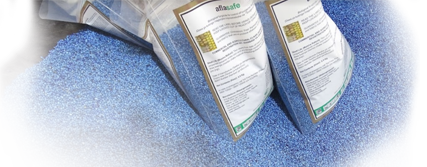









Again, just who should flip the bill for this life-saving technology is in important question. Just because it’s a production issue does not mean this cost should fall on the farmer. Government is one funding stream Jason’s team has identified. Some private sector companies could emerge though these efforts. More data on cost effectiveness and lives saved could help policy-makers fund this work. It occurred to me that if the farmer sold corn produced with Aflasafe, that they deserve a premium as opposed to a conventional fungicide. Other incentives should be put in place. Those sourcing from Aflasafe users who care about transparency should invest in efforts to establish a certification scheme around aflatoxin and to reward those producers who use it. powers. As a brief divergence, I want to mention the work of two really interesting scientists around mycology. Paul Stamuts, mycologist guru in his Ted Talk, presented research findings that speak to mycological solutions for major societal problems including environmental remediation (oils spills and E. Coli in soils and runoff), treating smallpox and flu viruses. They are as he says, “the grand molecular disassemblers of nature”. He holds the prestigious Alexander Graham Bell patent on mycelium extracts capable of steering insects in a direction of choice! Pesticides executives dubbed his discovery the single most disruptive innovation they knew of.
Thank you for your good comment that provides food for thought, and that interesting fork on the road too.